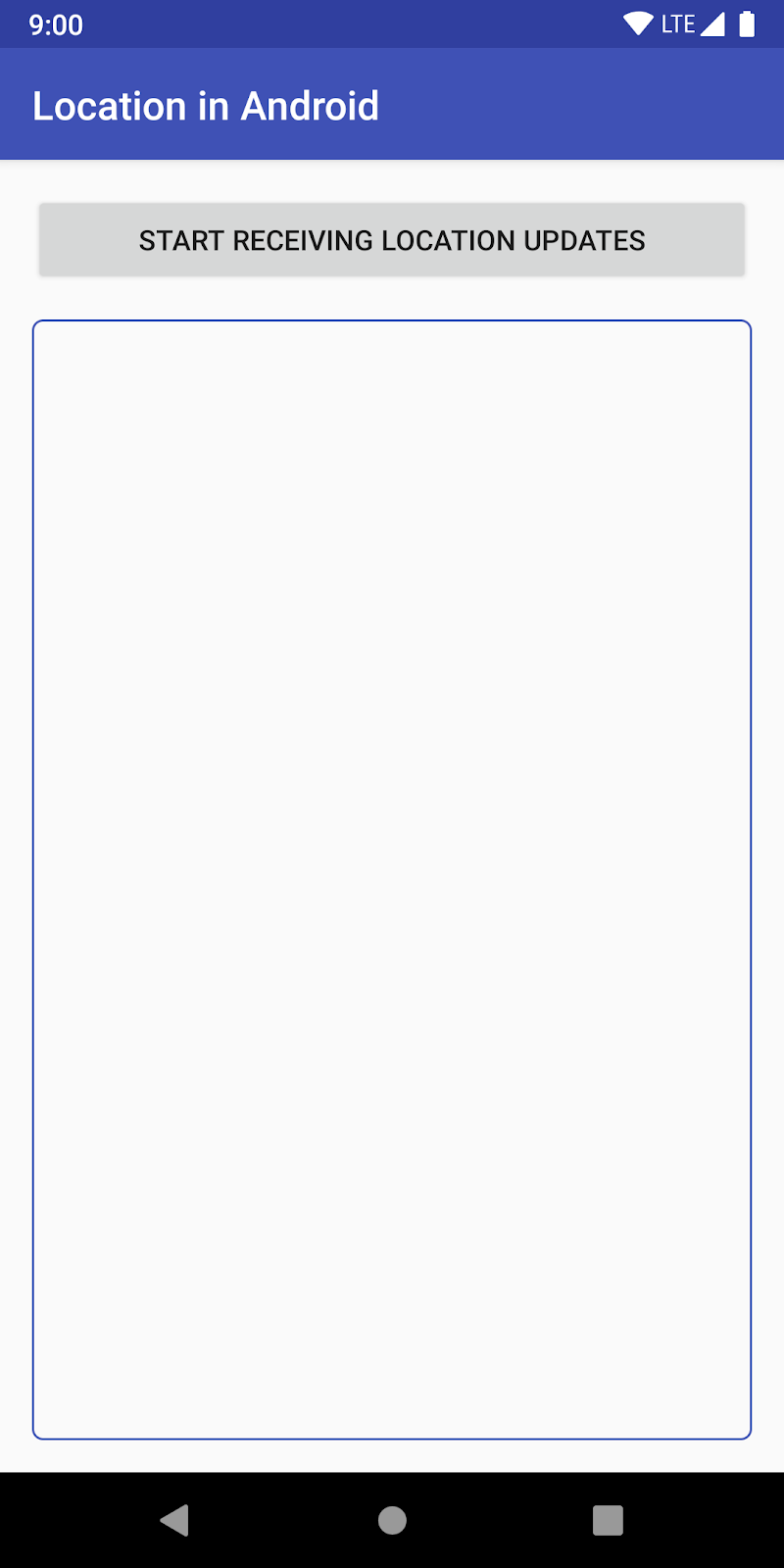

Head over to to create our project structure. We are going to build our backend application using Spring Boot and the Kotlin programming language, since this gives us a very simple way to get going whilst still working in the same language as the Android applications will be built. At this point, they will be able to collect a new job if they wish. At the same time, the other drivers are all notified that the job is no longer available.Īt the other end of the journey, the driver will indicate that the job is finished. Once one of the drivers accepts the job, the rider is then notified of this fact and is kept informed of the car’s location until it turns up. The backend will then broadcast out to all of the drivers that a new job is available. The Rider application will send a message to the backend in order to request a ride. Our overall application will have two Android applications, and a backend application that orchestrates between them. Once you have created your Beams instance, you will also need to note down your Instance Id and Secret Key from the Pusher Dashboard, found under the CREDENTIALS section of your Instance settings. It’s important to make sure that you download and keep the google-services.json file from the Firebase Console as we are going to need this later on. Next, on your Overview for your Beams instance, click Open Quickstart to add your Firebase Cloud Messaging (FCM) Server Key to the Beams Instance.Īfter saving your FCM key, you can finish the Quickstart wizard by yourself to send your first push notification, or just continue as we’ll cover this below. In order to use the Beams API and SDKs from Pusher, you need to create a new Beams instance in the Pusher Beta Dashboard. It is also assumed that you know how to use the IDEs that you are working with, including interacting with either an emulated or physical mobile device for running the applications. Sign up now if you haven’t already done so.

Finally, you will need a free Pusher Account. We suggest IntelliJ IDEA and Android Studio.


In order to follow along, you will need some experience with the Kotlin programming language, which we are going to use for both the backend and frontend of our application.


 0 kommentar(er)
0 kommentar(er)
